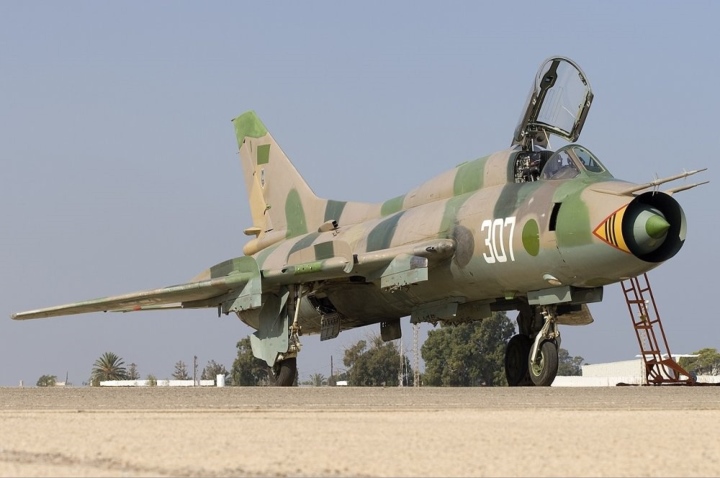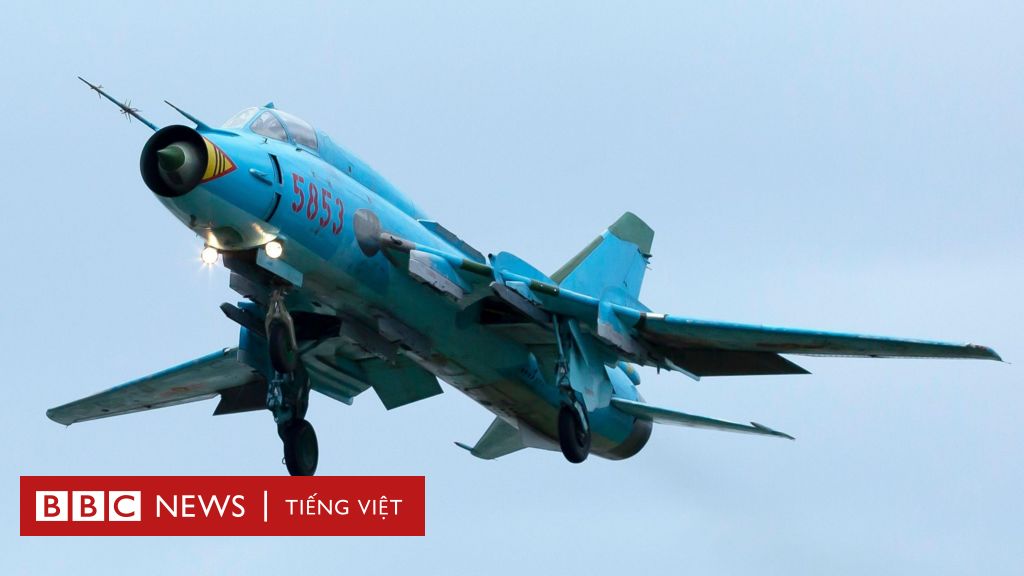The Su-22, an export variant of the Soviet Su-17, has been a stalwart in the fighter-bomber category since its introduction in the 1970s. Known for its distinctive swing-wing design and robust performance, the Su-22 has served various air forces around the world with distinction. This article explores the capabilities, performance, and operational history of the Su-22, highlighting why it remains an important asset in modern air combat.
Design and Development
The Su-22 was developed by the Sukhoi Design Bureau as an export version of the Su-17, which was itself an evolution of the earlier Su-7. The Su-17/Su-22 series was designed to provide enhanced performance and versatility compared to its predecessors. A key feature of the Su-22 is its variable-sweep wing, which allows the aircraft to adapt its wing configuration for optimal performance at various speeds and altitudes. This design enables the Su-22 to combine the benefits of high-speed flight with the stability and maneuverability required for ground-attack missions.
The Su-22 is powered by the Lyuka AL-21F3 turbojet engine, a reliable and powerful engine that contributes significantly to the aircraft’s impressive performance. This engine allows the Su-22 to reach a maximum speed of 1,860 km/h (1,155 mph), giving it the ability to respond quickly to emerging threats and engage targets at a high speed.

Performance Specifications
The Lyuka AL-21F3 turbojet engine provides the Su-22 with several key performance attributes:
- Maximum Speed: The Su-22 can achieve a top speed of 1,860 km/h (1,155 mph), making it one of the faster aircraft in its class. This high speed allows it to penetrate enemy defenses quickly and deliver its payload effectively.
- Combat Radius: The aircraft boasts a combat radius of more than 500 km (310 miles), enabling it to conduct deep strike missions without the need for extensive refueling support. This range makes the Su-22 a versatile platform capable of operating in various theaters of war.
- Flight Ceiling: With a flight ceiling of over 14 km (46,000 feet), the Su-22 can operate at high altitudes, avoiding some ground-based threats and engaging in high-altitude bombing runs.
- Climbing Speed: The Su-22 can climb at a rate of 230 m/s (755 ft/s), allowing it to reach its operational altitude rapidly and respond to dynamic combat situations effectively.

Armament and Versatility
The Su-22 is equipped with a comprehensive array of armaments that enhance its effectiveness in both air-to-air and air-to-ground missions. The aircraft features multiple hardpoints capable of carrying a variety of weapons, including bombs, rockets, missiles, and gun pods. This versatility allows the Su-22 to be tailored to specific mission requirements, whether it is engaging ground targets, providing close air support, or conducting interdiction missions.
Typical weapon configurations for the Su-22 include guided missiles such as the Kh-23, Kh-25, and Kh-29 for precision strikes, as well as unguided bombs and rockets for saturation attacks. The aircraft is also equipped with a 30 mm cannon, providing it with a potent close-range weapon for air-to-ground and air-to-air combat.

Operational History
Since its introduction, the Su-22 has been widely exported and has seen combat in numerous conflicts around the world. It has been used by air forces in Eastern Europe, the Middle East, Africa, and Latin America, demonstrating its adaptability to various operational environments and conditions.
The Su-22 played significant roles in conflicts such as the Iran-Iraq War, the Gulf War, and the ongoing Syrian Civil War. Its durability and effectiveness in delivering ordnance have made it a reliable workhorse for many air forces, capable of performing a wide range of missions under challenging conditions.
Modern Upgrades
To maintain its relevance in modern combat, several operators have undertaken upgrades to their Su-22 fleets. These upgrades often include modern avionics, improved navigation and targeting systems, and enhanced electronic warfare capabilities. Such enhancements ensure that the Su-22 can continue to operate effectively in the increasingly sophisticated and contested airspace of today’s battlefields.
Conclusion
The Su-22 remains a testament to the ingenuity of Soviet aircraft design, combining speed, versatility, and durability in a single platform. Its impressive performance, extensive combat history, and ongoing upgrades ensure that the Su-22 will continue to be a valuable asset for air forces around the world. Whether providing close air support, conducting deep strikes, or engaging in air-to-air combat, the Su-22 stands as a versatile and enduring fighter-bomber that has earned its place in aviation history.





